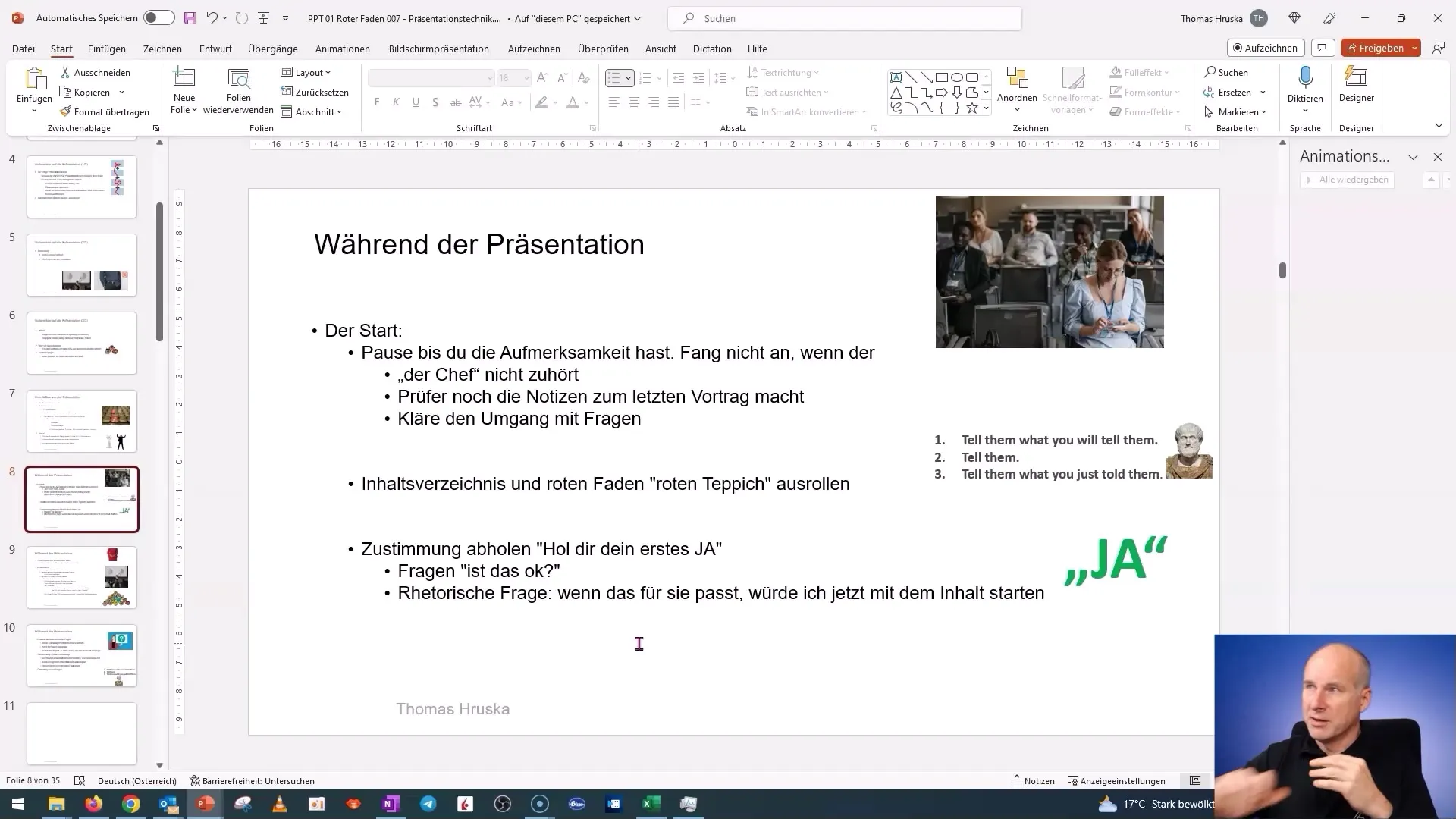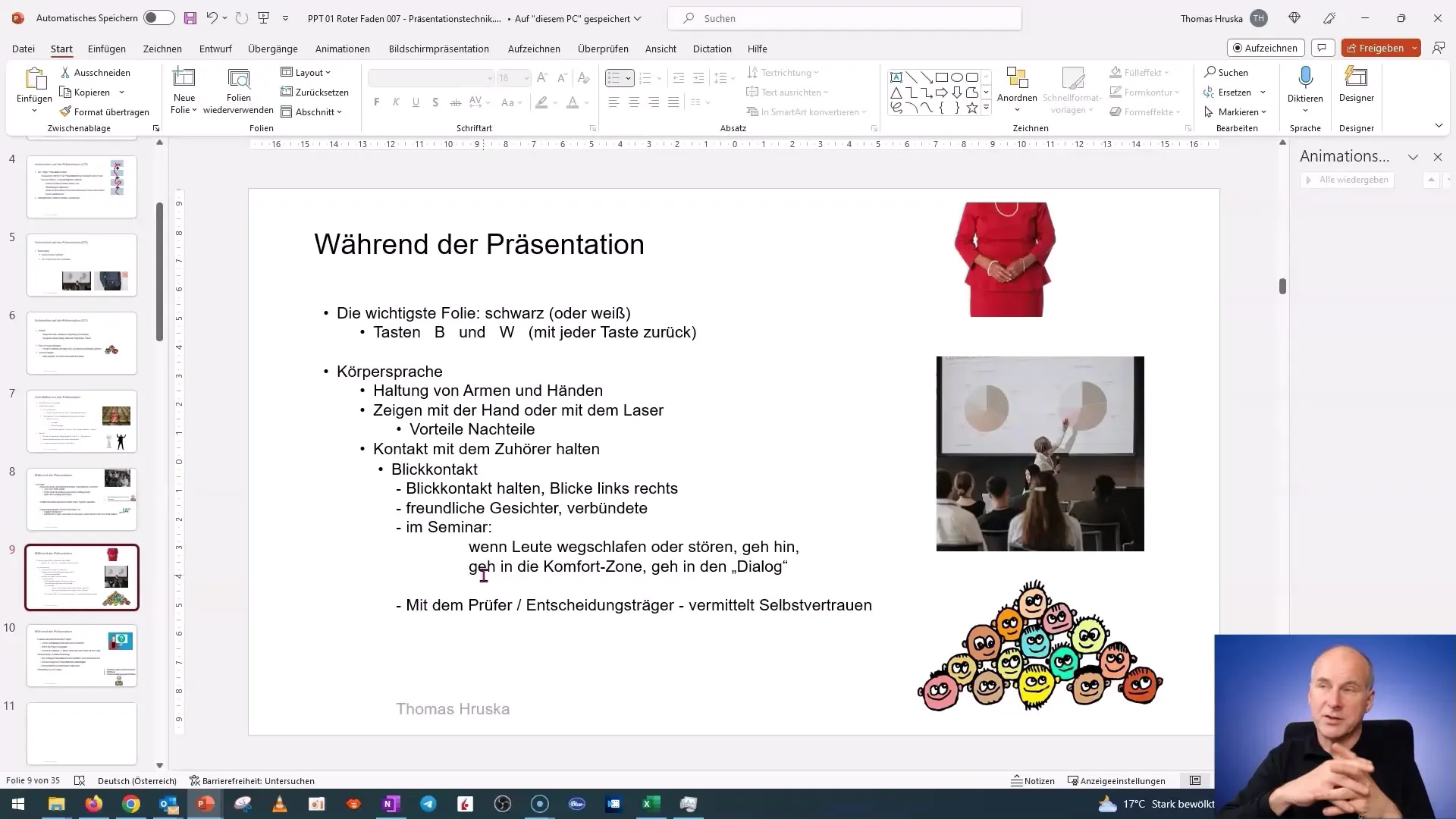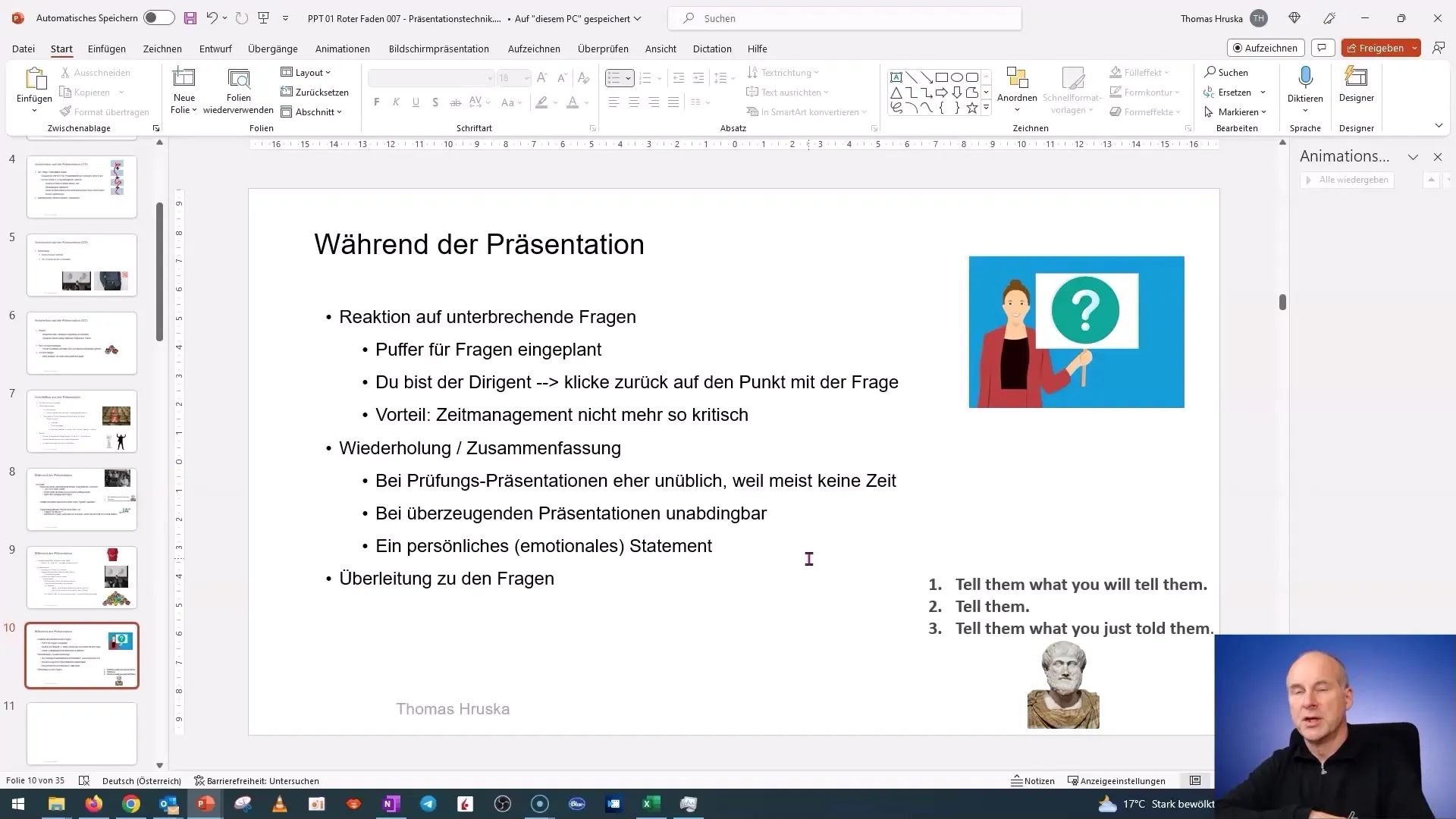Welcome to your guide to the art of effective presentation. In the world of presentations, the introduction, body language, eye contact, and conclusion are of immense importance. This guide will help you understand the basics and integrate them into your next presentation. Whether you are leading a meeting, speaking to clients, or giving an academic presentation, the techniques taught here will help you convey your message convincingly.
Key Insights
To deliver a captivating presentation, it is crucial to start with a strong introduction and capture the audience's attention. Body language and eye contact are also key components that will help you engage your audience and build trust. Handling questions and a successful conclusion complete a successful presentation. Ultimately, it's about communicating clearly and convincingly.
Step-by-Step Guide
1. Capture Attention
Before you start your presentation, make sure you have the full attention of your audience. If you notice that some listeners are still distracted or playing with their smartphones, wait a moment in silence until the situation calms down. This short pause will help you capture complete attention, even from those who may not be ready yet.

2. Start the Presentation
After establishing attention, begin with your introduction. Provide a brief table of contents outlining what the listeners can expect. This gives your audience a clear framework and increases anticipation for the speech. Introduce the main points of your presentation and explain how you will cover the topics.
3. Get Your First "Yes"
After the introduction and table of contents, ask your audience if they are ready to start with you. Phrase this as a rhetorical question to gain their agreement. A simple "If that works for you, I'll start now" can lead to receiving your first positive sign, be it a nod or a "Yes."
4. Utilize Body Language
Your body language is crucial. Avoid crossing your arms or keeping them in your pockets. Instead, use them actively to support your points and direct the audience's attention. Using a laser pointer can help you make specific points. Make sure your gestures and movements appear natural to establish a connection with your audience.

5. Maintain Eye Contact
Maintaining eye contact is another crucial element of your presentation. Try to look into the eyes of various participants to establish a connection with them. If you find it difficult, you can look over their heads to survey the entire room, reducing your nervousness. However, this conveys to the audience that you are in touch with each individual.
6. Handle Prompts and Questions
Plan in advance how you want to handle questions. Do you want them to come up during the presentation or at the end? Ensure to have time for questions and handle open feedback with a confident demeanor.

7. The Perfect Conclusion
The conclusion of your presentation is crucial. Do not just say "Thank you for your attention." That's the worst option. Instead, summarize your key points and end with a thoughtful quote or a strong statement that encourages listeners to reflect.
8. Use Visual Aids
Effective visual aids or a demonstration can significantly enhance and illustrate your presentation. Whether in an academic context or a sales situation, a vivid story or a practical example is easier to remember.
Conclusion
In this guide, you have learned the key steps to conducting an effective presentation. From capturing attention to a strong conclusion, all elements are interconnected. The key to success often lies in preparation and the confidence you exude.
Frequently Asked Questions
How do I capture my audience's attention?Wait patiently until you have full attention before you start.
What should I include in the introduction of my presentation?A brief table of contents gives your audience a clear framework and shows what they can expect.
Why is body language important?It influences how your message is perceived and helps to build a connection with your audience.
How should I address questions during my presentation?Determine in advance when questions should be asked and allocate time for them.
How should I conclude my presentation?Summarize the key points and use a quote or a strong conclusion to inspire your audience.


